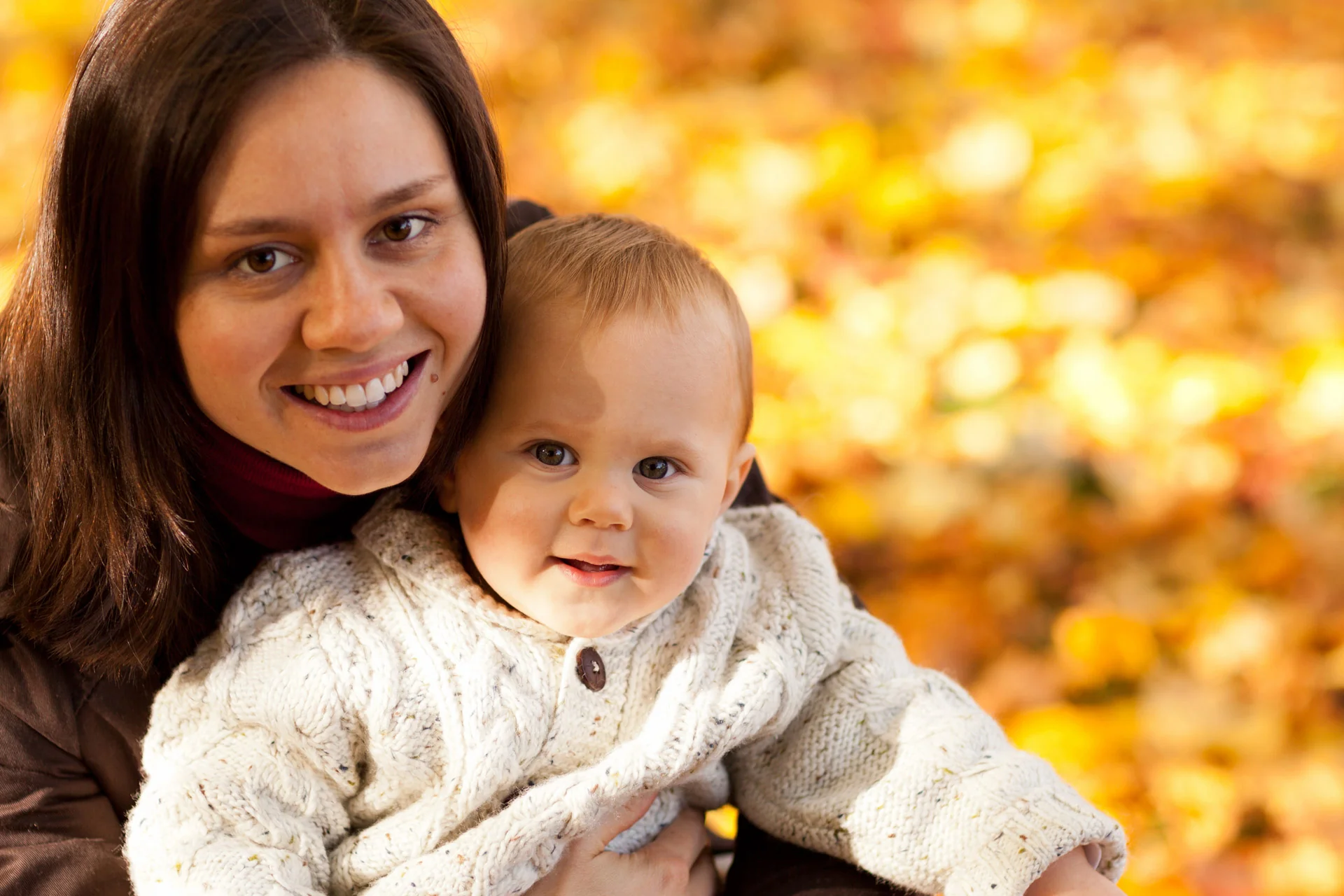Key Highlights
- The author reflects on her relationship with her 76-year-old mother and the realization of her own aging.
- Average life expectancy for women born in 1949 is mentioned, highlighting personal acceptance of mortality.
- The author’s perspective shifts from seeing her mother as a parent to another flawed human like herself.
- Shared struggles and current closeness between the mother and daughter are discussed.
Aging Perspectives: A Daughter’s Journey of Acceptance
As a child, it was easy to overlook the impending reality that one day, her mother would be “old.” Now, seeing her mother navigate through significant health challenges and recognizing the natural aging process, the author reflects on her evolving perspective.
The Realization of Mortality
When her 76-year-old mother donned a T-shirt with the slogan “I can’t believe I’m the same age as old people,” it was a stark reminder that her own mortality is becoming a more tangible concept. The author has witnessed her mother’s health battles, including breast cancer, joint replacements, and coronary angioplasty. These experiences have forced her to confront the harsh reality of aging, despite cultural norms suggesting otherwise.
Recent research on life expectancy tables revealed that an average white American woman born in 1949 can expect to live until the age of 78.
While this information provides a statistical framework, it doesn’t fully prepare one for the emotional and psychological impact of aging. The author’s journey involves reconciling her own acceptance with the ongoing struggles her mother faces.
From Parent to Peer
The relationship between the author and her mother has undergone significant changes as both have aged. Inherently, there are moments when they clash or misunderstand each other, but over time, these conflicts have mellowed into a more mature understanding. The author no longer views her mother through the lens of parental expectations but rather as an equal in the face of life’s challenges.
Despite their differences and the emotional turbulence that has marked some periods of their relationship, they remain deeply connected.
Their shared history and mutual respect have created a bond that is both comforting and reassuring. This shift from seeing her mother solely as a parent to recognizing her as an individual with her own set of flaws and strengths reflects a broader acceptance of aging.
Reflections on Closeness and Change
The author shares how their relationship has evolved over the years, from the challenging times during her mother’s health crises to the current state where they can rely on each other through life’s inevitable ups and downs. They may live 30 miles apart now, but their connection remains unbreakable, maintained by daily texts and a deep understanding of each other’s thoughts and feelings.
With age comes a newfound appreciation for what truly matters in life. The author finds that the trivialities fade into the background while the significant moments sharpen into focus.
This realization has brought about a sense of gratitude and acceptance that transcends mere statistics or societal norms. For both she and her mother, this journey is a testament to resilience and the enduring power of familial bonds.
As they continue on their respective paths, the author remains committed to embracing each day with the wisdom gained from years of reflection and personal growth. Despite the uncertainties that come with aging, there is comfort in knowing that even as her mother faces life’s challenges, she will always have a partner in navigating through it together.

